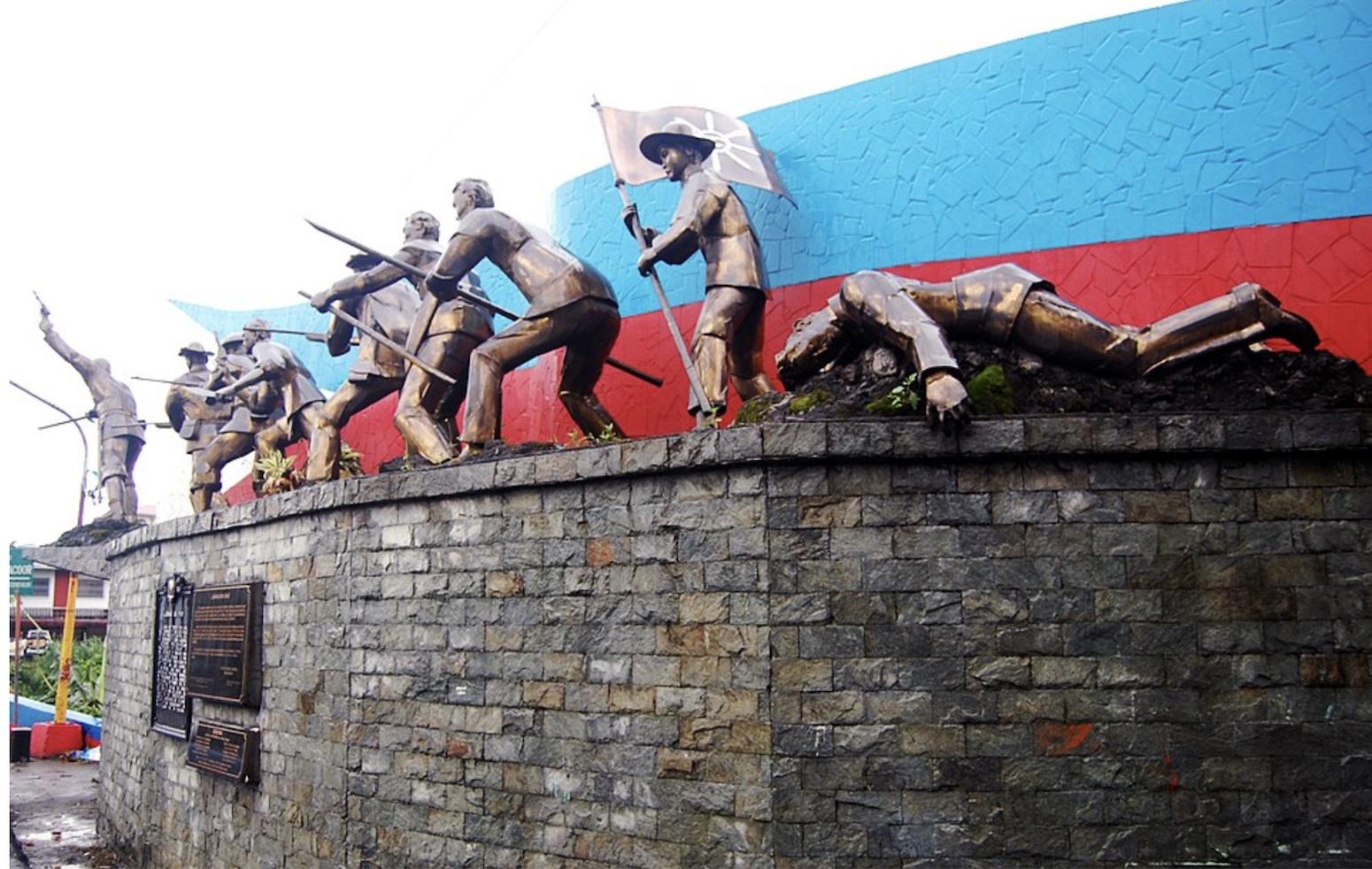IN his interview with David Letterman last week, actor Taylor Kitsch shared having a “moment” with a local customs official, when he (supposedly) came to the Philippines to shoot scenes for his upcoming film, Savages.
According to the Canadian actor, the official almost didn’t let him through, just because the there were “not enough pages” in his passport to put a stamp on. The official allegedly even expressed interest in Kitsch’s iPhone.
It turns out that Kitsch was never in the Philippines, as the Savages location shoot was actually done in Indonesia.
Needless to say, the fuss added to the already bruised reputation of the Philippine airports.
Philippine Customs Commissioner Ruffy Biazon immediately conducted an inquiry, after the video of Taylor Kitsch in his interview with the late night show host went viral and stirred controversy.
“Unfortunately, the damage was done. People immediately reacted negatively to the Bureau of Customs, without giving the benefit of an inquiry into the basis of what the foreign actor was saying. Perhaps it is due to the incidents in the past that have plagued the agency. Perhaps people have heard too many horror stories from passengers passing through our airports,” Biazon said in his report.
Earlier this week, Malacañang Palace joined the bandwagon and also demanded for an apology from the actor.
“We believe that Taylor Kitsch made an erroneous statement which demeaned our country and an apology would be a proper decent response,” Presidential Spokesman Edwin Lacierda said in a statement.
It should be noted that aside form the actor, David Letterman himself inadvertently implied that the actor was indeed in the Philippines to shoot Savages.
To demand an apology is unnecessary. A better way to deal with such controversy should be looking at the issue as another challenge for the country to further pursue improvements in its airports.
Now that the country’s tourism industry is pushing for the continued promotion of the Philippines as a top tourist destination, a more pressing matter to attend to should be the rehabilitation of our airport terminals.
Just recently, New York’s JFK international airport dislodged Philippines’ NAIA Terminal 1 as the world’s “worst airport.”
Although it may be deemed as good news (after being named the worst in 2011), NAIA-1 still remains as the only Asian airport on the “worst list” of travel guide publisher Frommer’s. The list was based on cleanliness, services, on-time departures, navigation and the ease of getting to and from a city’s center.
Various air travelers and airport reviewers complained about NAIA 1’s poor quality of services to customers, including “safety concerns, lack of comfortable seating, rude staff, hostile security, poor facilities, no—or few—services to pass the time, bribery, being kicked out and general hassles of being in the airport.”
To address complaints previously aired by local and foreign air passengers, the Aquino administration has allotted P1.2 billion for improvements and for the refurbishing of NAIA-1.
The reconstruction, which started in January, is expected to be finished next year. The 67,000-sqm edifice has a design capacity of 4.5 million passengers a year. Last year, it was already serving way beyond its capacity—some 7.3 million people.
Transportation Secretary Manuel “Mar” Roxas II is at the helm of the ongoing “facelift” of our local airports. Improvements include maintaining the cleanliness of toilets and the availability of sanitation facilities, installation of misting machines and walkalators, the setting up of additional immigration booths and upgrading of detectors, electrical, plumbing and fire systems of the airport.
Taylor Kitsch’s misinforming interview has caused another setback, putting the Philippines in yet another tricky predicament. But such nuisance is only a distraction that should not delay the progress NAIA-1 already has.
Now is the time for airports to invest in infrastructure, safety and security projects that not only benefit the traveling public but also create jobs and spur growth in cities and towns around the Philippines.
(www.asianjournal.com)
(LA Midweek March 7-9, 2012 Sec A pg. 6)
Back To Top




